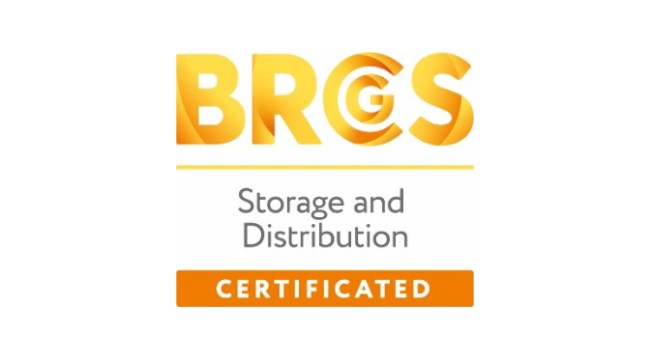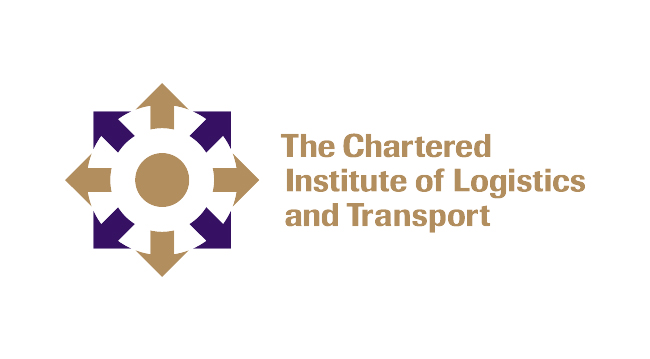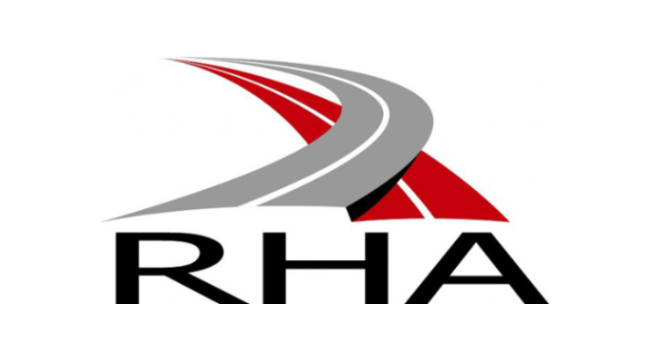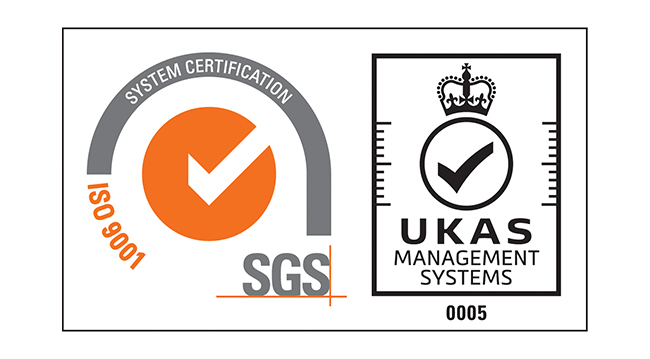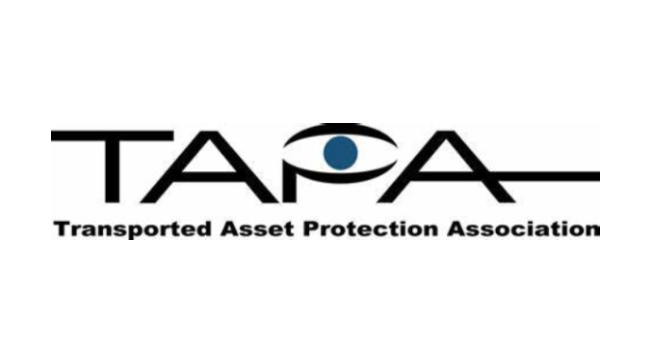On the Road to 2025
The European Union has ordered the haulage industry to reduce CO2 emissions from trucks by 15% by 2025 and by 30% by 2030 compared to the values in 2019. A big challenge.
Over the last 20 years, the truck industry has made enormous efforts to reduce CO2 by an average of 1% per year. We are now faced with the target to achieve a 15% reduction in 6 years’ time — an average of 2.5% per year! A target to achieve a 30% reduction by 2030 means an average of 3% per year between 2025 and 2030!
NEW LEGISLATION
If we are to fulfil the objectives for 2025, we will have to examine all available options. Where can we gain in terms of fuel efficiency and CO2 emissions? Where can we make engines and drive lines even more efficient? Can tyres with lower rolling resistance play a role? What improvements can we make to the systems that assist both the driver and the vehicle, such as Predictive Cruise Control and EcoRoll? New legislation on vehicle dimensions and weight, which allows longer and therefore more aerodynamic trucks, will also play a major role in this.
ENTIRE CYCLE
The decisive factor in achieving the European Union’s objectives is what is emitted from the exhaust, not what is used to produce the required ‘energy’, whether this is fuel or electricity. However, this is set to change after 2030. From then on, there will be a shift from ‘tank to wheel’ to ‘well to wheel’ so that the whole chain is taken into account and we can see the complete picture!

New European regulations on masses and dimensions
Discussions regarding this new legislation have been lengthy, but as of September 1, 2020, trucks with a slightly longer cabin are now allowed to travel on European roads. The permissible maximum dimensions for load length remain unchanged, but manufacturers are now allowed to make their cabins longer as long as they result in better aerodynamics and fields of view.
The aims are clear: improved aerodynamics benefits both fuel consumption and CO₂ emissions; better fields of view improve road safety, especially with regard to vulnerable road users. New Generation DAF trucks are the first in the industry to make use of these new European regulations on masses and dimensions.
Vecto CO2 certificate
As a leader in transport efficiency and environmental care, DAF was ahead of European legislation demands requiring all trucks that leave the factory to have a ‘CO2 certificate’.
Since January 2019, European regulations require all newly delivered 4×2 and 6×2 Euro 6 heavy-duty trucks (16+ tons) to have a CO2 emissions certificate. This requirement continues to be rolled out to other truck configurations in stages. These emissions certificate values are generated using the industrywide, standardised and certified Vecto tool. This means that you, as a transport operator, can compare the CO2 emissions values of different truck models and brands.
DAF Trucks’ current truck range is based on tried-and-tested Euro VI diesel engine technology, already delivering 20% lower CO2 levels compared to commercial vehicles as recently as 20-years ago, and over 95% less NOX and PM (particulate matter) since the introduction of emissions standards for trucks in 1992.
HVO – THE READY ALTERNATIVE TO DIESEL
The carbon impact of Euro VI vehicles can be further, and dramatically, reduced by the use of Hydro-treated Vegetable Oil (HVO) – a ‘drop-in’ alternative to diesel which is immediately available and can be used in all DAF LF, CF and XF models, and without the cost or inconvenience of vehicle modifications.
While cost-per-litre is slightly higher than diesel, HVO can deliver a hugely significant 90% reduction in CO2 emissions well-to-wheel. HVO also offers no range restriction as operators may at any time switch back to conventional diesel fuel.
HVO is already popular in Scandinavia, and is growing in popularity in other European countries including the UK, where fleets including Power Electrics and the London Borough of Hackney are enjoying positive results.
ELECTRIC AND DIESEL/ELECTRIC HYBRID
DAF Trucks is also well advanced with its alternative drivetrain technologies for European operations; namely fully battery-electric and electric / diesel hybrid.
Such zero- and ultra-low emissions capabilities provide immediate air quality and low-carbon tank-to-wheel benefits, and are well-suited to urban and inter-urban operations.
Indeed, zero-emission zones are expected to be implemented in European towns and cities starting from 2025.
To date, six DAF CF Electric tractor-and-trailer combinations have completed over 280,000 kilometres – completely emissions free – in field trials in the Netherlands and Germany.
More recently, three-axle rear-steer DAF CF rigids have been added to the DAF Electric product range, in collaboration with VDL, on waste collection field trials in the Netherlands.
The recent introduction of a new generation of batteries for the CF Electric has increased capacity to 350 kWh (315 kWh effective) doubling the vehicle range to 200 km and reducing the vehicle weight by 700kg, thus improving the payload.
Similarly, two DAF CF Hybrid trucks have completed 140,000km with high profile Dutch operator, Peter Appel Transport BV, providing clear evidence that hybrid technology offers the ideal combination of emissions-free operation in-town and efficient longer-range inter-urban capability.
DAF Trucks is at an advance stage of developing a lightweight LF Electric which is scheduled for field-trials in the short-term.

HYDROGEN ON THE HORIZON
With electric and hybrid technologies offering solutions to urban and inter-urban operations, longer-distance transport presents a greater challenge to the goal of zero-emissions; a challenge for which hydrogen may provide an answer.
Through electrolysis – passing electricity though water – clean, ‘green’ hydrogen is produced.
Together with Toyota and Shell, DAF’s parent company PACCAR has been exploring various hydrogen options with the first hydrogen-powered Kenworth fuel cell trucks now being tested in the port of Los Angeles.
Reducing CO₂ emissions from heavy-duty vehicles
Lorries, buses and coaches are responsible for about a quarter of CO2 emissions from road transport in the EU and for some 6% of total EU emissions.
Despite some improvements in fuel consumption efficiency in recent years, these emissions are still rising, mainly due to increasing road freight traffic.
The first-ever EU-wide CO2 emission standards for heavy-duty vehicles, adopted in 2019, set targets for reducing the average emissions from new lorries for 2025 and 2030. The Regulation (EU) 2019/1242 setting CO2 emission standards for heavy-duty vehiclesentered into force on 14 August 2019.
The Regulation also includes a mechanism to incentivise the uptake of zero- and low-emission vehicles, in a technology-neutral way.
Benefits
The Regulation will:
· Contribute to the achievement of the EU’s commitments under the Paris AgreementSearch for available translations of the preceding linkEN••• ,
· Reduce fuel consumption costs for transport operators – mostly Small and Medium Enterprises – and consumers,
· Help maintain the technological leadership of EU manufacturers and suppliers.
Expected benefits include:
· Around 54 million tonnes of CO2 reduced in the period 2020 to 2030
· Savings at the pump amounting to around €25 000 in the first 5 years of use for a new lorry bought in 2025 and up to about €55 000 in the first 5 years of use for a new lorry bought in 2030
· Oil savings of up to 170 million tonnes of oil over the period 2020 to 2040
· GDP increases resulting in the creation of jobs
TARGET LEVELS
From 2025 on, manufacturers will have to meet the targets set for the fleet-wide average CO2 emissions of their new lorries registered in a given calendar year. Stricter targets will start applying from 2030 onwards.
The targets are expressed as a percentage reduction of emissions compared to EU average in the reference period (1 July 2019–30 June 2020):
· from 2025 onwards: 15% reduction
· from 2030 onwards: 30% reduction
The 2025 target can be achieved using technologies that are already available on the market. The 2030 target will be assessedin 2022 as part of the review of the Regulation.
As a first step, the CO2 emission standards will cover large lorries, which account for 65% to 70% of all CO2 emissions from heavy-duty vehicles.
As part of the 2022 review, the Commission should assess the extension of the scope to other vehicle types such as smaller lorries, buses, coaches and trailers.

Incentive mechanism for zero- and low-emission vehicles (ZLEV)
The Regulation includes an incentive mechanism for
· zero-emission vehicles (ZEV), lorries with no tailpipe CO2 emissions
· low-emission vehicles (LEV), lorries with a technically permissible maximum laden mass of more than 16t, with CO2 emissions of less than half of the average CO2 emissions of all vehicles in its group registered in the 2019 reporting period.
To incentivise the uptake of ZLEV and reward early action, a super-credits system applies from 2019 until 2024, and can be used to comply with the target in 2025. A multiplier of 2 applies for ZEV, and a multiplier between 1
and 2 applies for LEV, depending on their CO2 emissions. An overall cap of 3% is set to preserve the environmental integrity of the system.
From 2025 onwards, the super-credits system is replaced by a benchmark-based crediting system, with a benchmark set at 2%. The 2030 benchmark level will have to be set in the context of the 2022 review.
As a result, the average specific CO2 emissions of a manufacturer are adjusted downwards if the share of ZLEV in its entire new heavy-duty vehicles fleet exceeds the 2% benchmark, out of which at least 0.75 percentage points have to be vehicles subject to the CO2 targets, i.e. the largest vehicles. Each percentage point of exceedance of the benchmark will decrease the manufacturer’s average specific CO2 emissions by one percent.
In both systems, ZEV not subject to the CO2 targets are accounted in the incentive mechanism. Buses and coaches are excluded from the scheme. The ZEV not subject to the CO2 targets can contribute to a maximum of 1.5% CO2 emissions reduction.
COST EFFECTIVE ACHIEVEMENT OF TARGETS
The Regulation includes several elements to support cost-effective implementation:
· Banking and borrowing to take account of long production cycles, including a reward for early action, while maintaining the environmental integrity of the targets.
· Full flexibility for manufacturers to balance emissions between the different groups of vehicles within their portfolio.
· Vocational vehicles , such as garbage trucks and construction vehicles, are exempted due to their limited potential for cost-efficient CO2 reduction.





